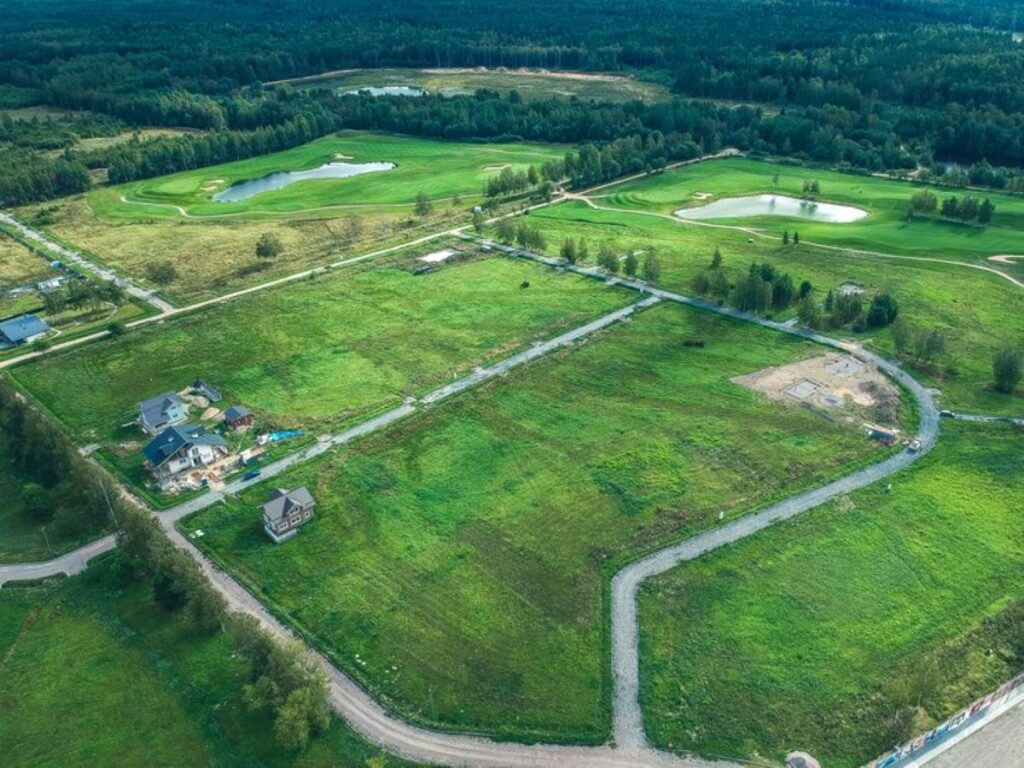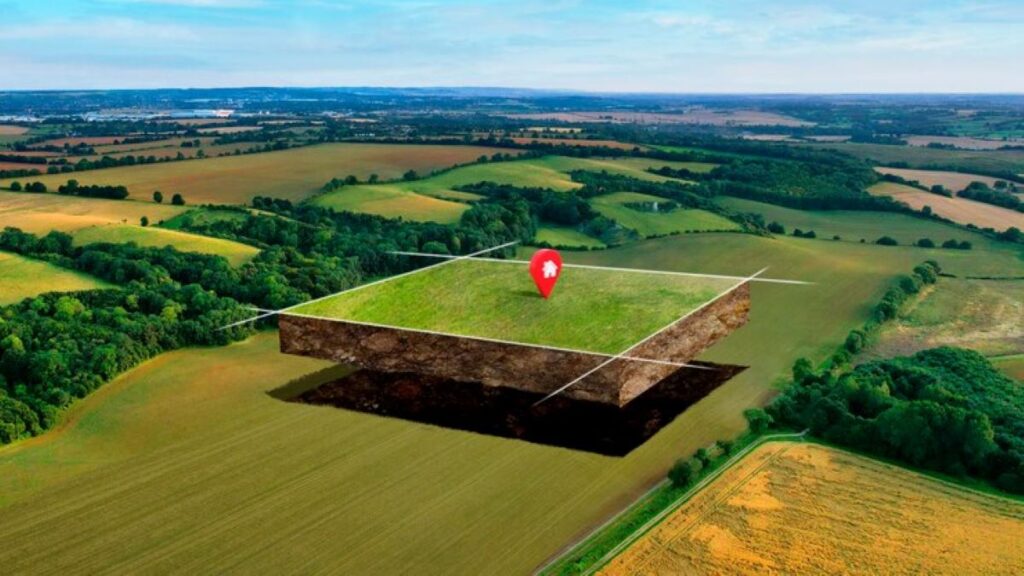A contour plan is a critical tool used in land development, agriculture, and environmental management. It involves a detailed representation of the land’s topography and is essential for effective planning and decision-making. Understanding contour plans can significantly enhance the efficiency and sustainability of various projects.
In this article, we will explore the fundamentals of contour plans, their applications, and the reasons they play a vital role in numerous industries. From minimizing soil erosion to optimizing land use, the importance of contour planning cannot be overstated.
Understanding the Basics of Contour Plans
Contour plans are diagrams that connect points of equal elevation on a piece of land. These lines, known as contour lines, visually represent the terrain’s slope and shape. Typically, they are drawn on a topographic map, providing valuable insights into the landscape’s features. The creation of contour plans involves meticulous surveying and data collection, often utilizing advanced technology such as GPS and GIS (Geographic Information Systems) to ensure accuracy. This precision is essential, as even minor errors in elevation data can lead to significant misinterpretations of the land’s characteristics.
Each contour line illustrates a specific elevation level, and the spacing between these lines indicates the steepness of the terrain. When lines are close together, it signifies a steep slope; conversely, wider spacing indicates a gentle slope. Understanding this information is crucial for various stakeholders, including urban planners, landscape architects, and environmental scientists. For instance, urban planners can leverage contour plans to assess flood risks in low-lying areas or to determine suitable locations for parks and recreational spaces that harmonize with the natural landscape.
The Importance of Elevation in Planning
Elevation is a fundamental factor in many aspects of land use planning. It influences water drainage patterns, vegetation types, and even climate variations within specific areas. By utilizing contour plans, planners can identify the best locations for buildings, roads, and other infrastructure, ensuring optimal use of the land. Additionally, understanding elevation can help mitigate potential hazards such as landslides or flooding, allowing for safer development practices. For example, building on elevated ground can reduce the risk of water accumulation during heavy rainfall, thereby protecting structures and inhabitants.
Moreover, knowledge of elevation aids in the management of natural resources. For example, agricultural professionals can use contour information to design irrigation systems that maximize efficiency while minimizing water usage. This implementation not only helps in maintaining the health of crops but also conserves valuable water resources. Furthermore, contour plans can assist in identifying areas that are more prone to drought or flooding, allowing farmers to adapt their strategies accordingly. By integrating contour data into their practices, agriculturalists can enhance sustainability and resilience in the face of changing climatic conditions.
Applications in Erosion Control
One of the most critical applications of contour plans is in erosion control. Soil erosion is a significant environmental issue that can lead to the degradation of land and loss of fertile topsoil. Contour plowing, an agricultural technique that follows the natural contours of the land, reduces runoff and soil erosion by creating furrows that slow down water flow. This method not only preserves the soil but also enhances the soil’s ability to retain moisture, which is vital for crop growth. Want to get more about soil erosion protection visit https://www.environment.sa.gov.au/topics/soil-and-land-management/soil-health-and-condition/soil-erosion-protection.
Using contour maps, landowners can design their fields to promote better water retention and soil protection. By managing how water flows across their property, farmers can prevent soil loss and improve agricultural productivity. Additionally, contour plans can inform the placement of vegetation barriers or terraces, which further assist in stabilizing the soil and reducing erosion. These practices not only protect the land but also contribute to maintaining biodiversity by providing habitats for various species. As awareness of environmental issues grows, the role of contour plans in sustainable land management becomes increasingly vital, highlighting the interconnectedness of topography, ecology, and agriculture.

Benefits of Utilizing Contour Plans
There are numerous benefits associated with the use of contour plans in land management. These benefits extend from environmental conservation to economic efficiencies. Below are some of the key advantages of employing contour plans.
Enhanced Water Management
One of the standout benefits of contour planning is improved water management. Water runoff can lead to flooding and soil erosion; however, contour plans help identify how water flows on a given piece of land. By understanding these patterns, planners can implement strategies to redirect or retain water effectively, mitigating the risks associated with excessive runoff.
Furthermore, contour plans can help design rain gardens or retention basins to absorb excess rainwater and ultimately recharge groundwater supplies. This approach not only benefits the immediate area but also contributes positively to the regional water cycle. Additionally, by creating swales—shallow, broad channels that follow the contour lines—land managers can slow down the movement of water, allowing it to infiltrate the soil more effectively. This not only reduces the risk of flooding but also enhances soil moisture levels, promoting healthier vegetation growth.
Support for Sustainable Development
Sustainable development is a growing concern in modern land use planning. Contour plans play an essential role in promoting ways to develop land without compromising environmental health. By utilizing these plans, developers can ensure that constructions do not disrupt natural landforms or contribute to erosion and runoff problems.
Integrating contour planning into development projects aligns with sustainable practices, allowing for the preservation of local habitats and ecosystems. It encourages developers to consider the long-term impacts of their projects, ultimately leading to more responsible land use. Moreover, contour plans can facilitate the creation of green spaces within urban environments, which are vital for biodiversity and community well-being. By carefully planning the layout of parks, gardens, and recreational areas according to the contours of the land, cities can enhance their aesthetic appeal while providing residents with essential natural spaces for relaxation and recreation. This holistic approach not only fosters a sense of community but also helps combat urban heat islands, contributing to a healthier urban climate overall.
Final Thoughts on Contour Plans
In conclusion, contour plans are an indispensable element of land management and planning. Their ability to provide insights into the topography and drainage of a landscape makes them essential for various applications, from agriculture to urban development. Understanding and utilizing contour plans leads to better decision-making, enhances sustainable practices, and protects valuable natural resources.
As the demand for land continues to grow, embracing contour planning becomes increasingly important. It is a powerful tool for anyone involved in land use, whether you are a farmer, developer, or environmentalist. By prioritizing the use of contour plans, we can pave the way for more efficient, sustainable, and environmentally conscious land management for generations to come.

Moreover, contour plans are not just beneficial for large-scale projects; they can also be applied at a smaller scale, such as in residential landscaping. Homeowners can utilize contour maps to design gardens that naturally manage water runoff, reducing erosion and promoting healthy plant growth. This practice not only enhances the aesthetic appeal of a property but also contributes to local biodiversity by creating habitats for various species. Additionally, contour planning can help mitigate the impacts of climate change by promoting natural water retention and reducing the need for irrigation.
Furthermore, the integration of technology into contour planning has revolutionized its application. Geographic Information Systems (GIS) and advanced surveying techniques allow for more precise and detailed contour maps, enabling planners to analyze land use patterns more effectively. This technological advancement facilitates better collaboration among stakeholders, ensuring that diverse perspectives are considered in the planning process. As we continue to innovate and refine our approach to land management, the role of contour plans will undoubtedly evolve, providing even greater benefits to our communities and the environment.
Related : How Site Surveyors Help in Commercial and Residential Projects

